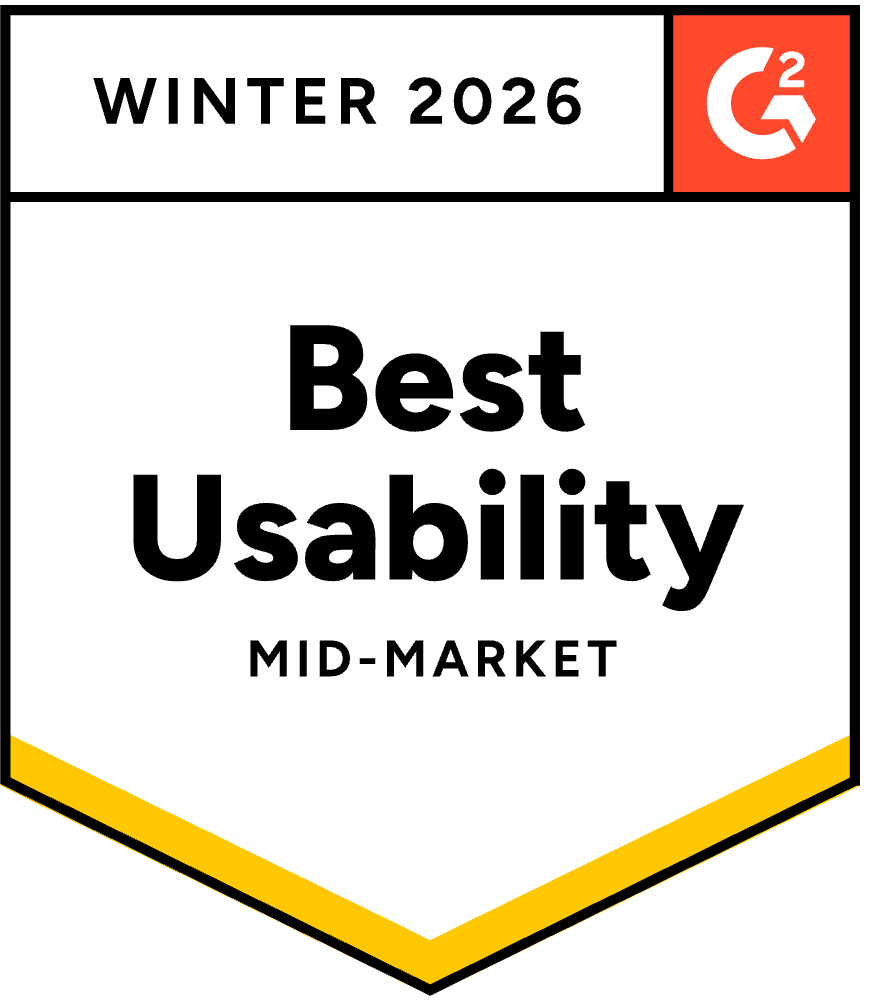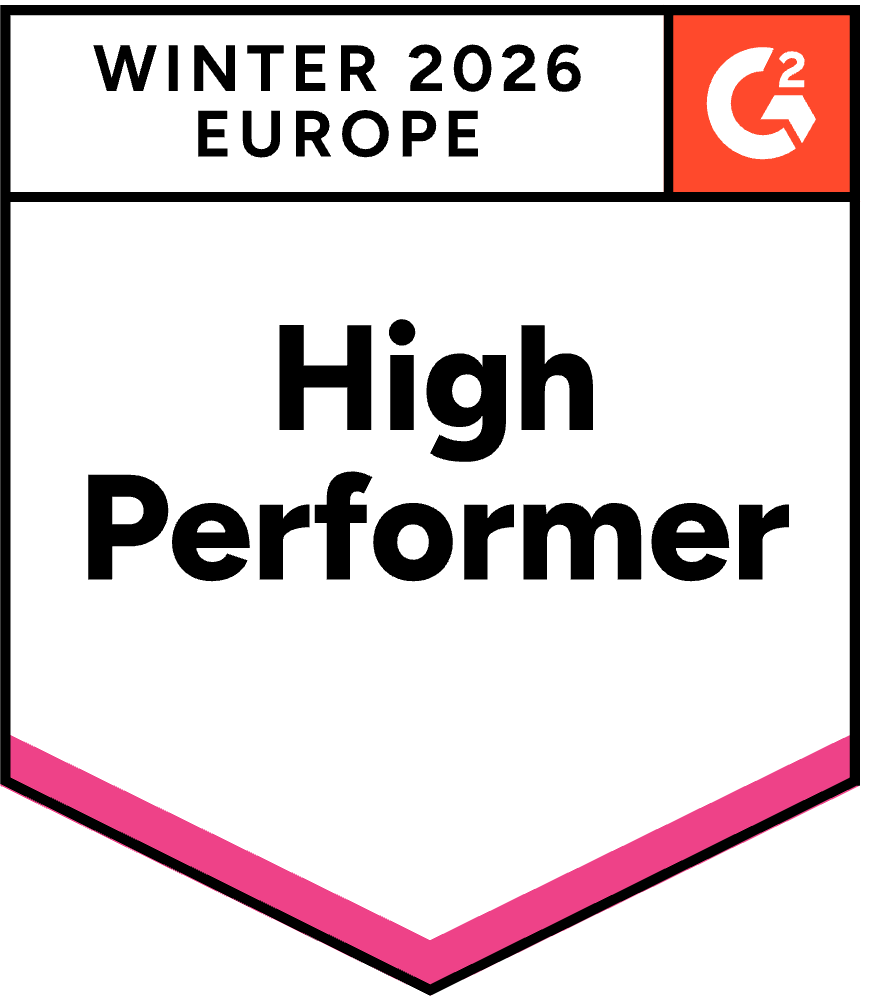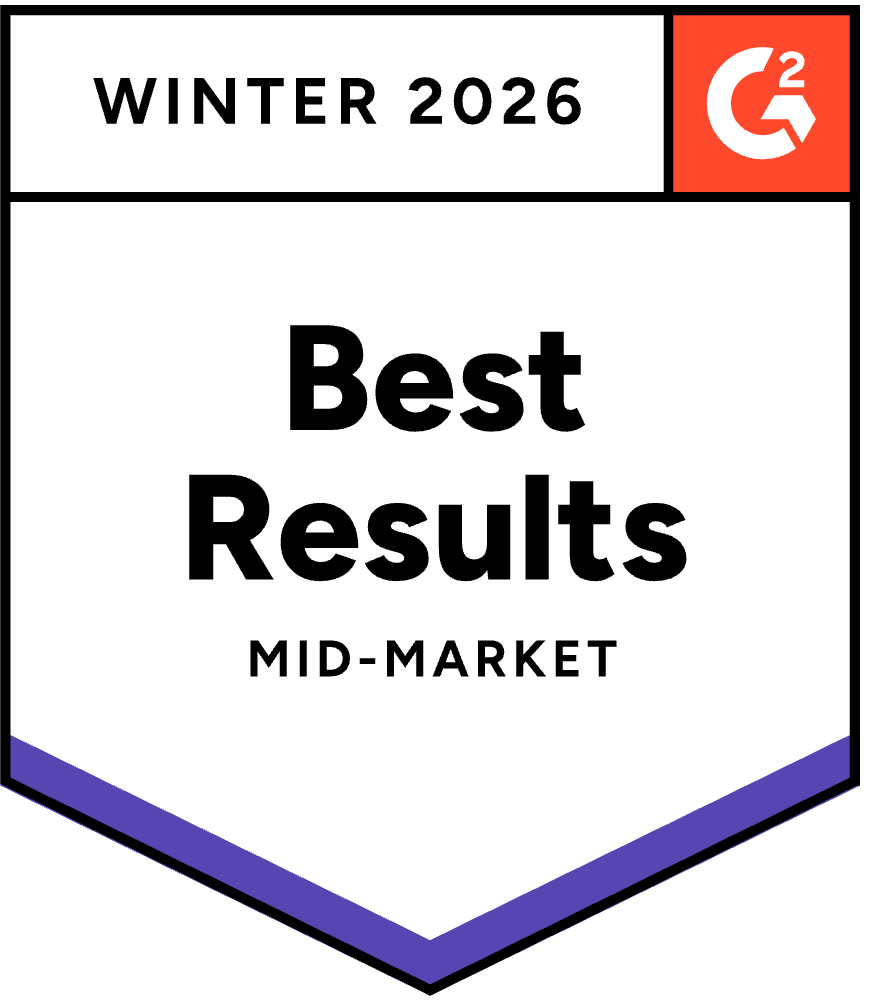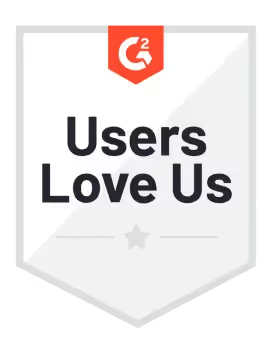Data User
Take control of your decisions. Sifflet gives business users unmatched clarity and trust in their data, driving smarter actions with ease.

Data Freshness and Reliability
Sifflet gives data users visibility into when data was last updated, and alerts when source data changes unexpectedly, so you’ll always know the status of your numbers.

Self-Service Troubleshooting
Vetting data quality has often been tough. Sifflet makes it easier and simpler to trace unusual values thanks to data lineage, and get historical context of data changes and updates.

Analysis Confidence
You’ll be able to analyze numbers with confidence thanks to knowledge of who owns and maintains different data assets and verify data accuracy before sharing insights.
Superior Insights. Check.
Sifflet makes it easier to gain strategic insights about your market, products, and customers. By ensuring the highest levels of data quality, your teams can make the best possible strategic decisions for your company, unlocking new levels of performance that help you compete in the age of AI.


Never Question Your Numbers Again.
Sifflet gives you the ultimate confidence in your data products and dashboards. By ensuring that your data is monitored and triaged night and day, you can always be sure of the freshness, accuracy, and quality of your numbers.
See Value From Day One.
Sifflet connects to hundreds of tools already in your stack and offers out-of-the-box monitors and tooling so you can start seeing value from day one.




































-p-500.png)
